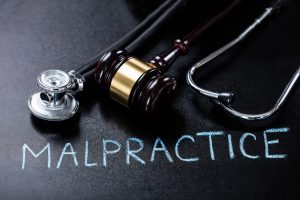If you are considering bringing a wrongful death lawsuit, one question may have is what is the most you can sue for in a wrongful death case?
The better question is how much money can a jury award you. Because in a wrongful death case in Maryland, you no longer ask for a specific amount of money in the Complaint. Assuming the plaintiff’s lawyer understands Maryland law, the days of the Baltimore Sun publishing a story about a $100 million wrongful death lawsuit are over. Today, we do not sue for a specific amount, but we ask for what a judge or jury deems just.
A wrongful death claim is a statutory cause of action governed by the specific rules of Maryland law. It bears repeating that actions for wrongful death in Maryland must be commenced within three years of the death of the injured person. To date, the Maryland General Assembly has only enacted exceptions for deaths caused by occupational disease and criminal homicide.









